MASTERING WEBSITE TRAFFIC GENERATION
In today’s digital-first business world, website traffic generation is still an important measure of any online project’s success. Attracting and keeping website visitors is essential to your growth, regardless of whether you’re managing a B2C company, operating a blog, or selling goods online.
In addition to increasing brand awareness, a well-visited website increases the likelihood of generating leads, website traffic generation, money, and new customers. But increasing website traffic is a complex, deliberate process that changes in response to consumer behavior, algorithm changes, and digital trends.
It involves more than merely running a few ads or writing blogs. The types of traffic on a website, website traffic generation, website traffic generation strategies, traffic generation for B2C, traffic generation for ecommerce, and organic traffic generation are the six essential topics we will cover in this extensive blog.
TYPES OF TRAFFIC ON A WEBSITE
It’s crucial to first comprehend the many kinds of traffic that can arrive at your website in order to create and manage it efficiently. Every kind of traffic has unique traits, worth, and purposes. Organic Traffic is the most prevalent and well-understood kind, and it originates from search engines like Google and Bing. Organic traffic is when someone enters a search query into a search engine and clicks on a result that takes them to your website without having to pay for it.
Direct Traffic, on the other hand, refers to users who access your website by typing your URL directly into their browser or clicking on a saved bookmark. This usually reflects brand familiarity or loyalty, which is common among returning users.
Because of its high intent and long-term potential—especially when backed by effective SEO tactics—it is frequently regarded as the most valuable variety. Users that enter your website’s URL (Uniform Resource Locator) into their browser or click on a bookmark they’ve stored, however, are referred to as direct traffic. This typically indicates brand familiarity or loyalty, which is typical of repeat customers.
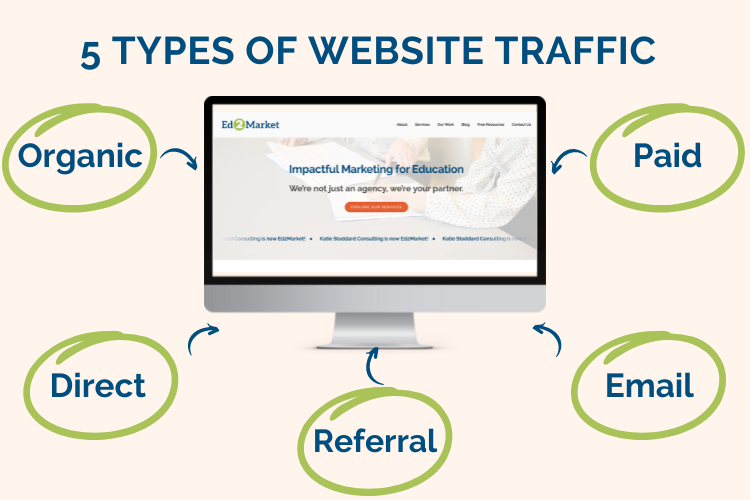
When a visitor clicks on a link pointing to your website from another website, REFERRAL TRAFFIC is created. Backlinks from reputable websites, PR campaigns, guest posting, and collaborations are frequently the sources of this kind of traffic. As the name suggests, sponsored content, Facebook Ads, and Google Ads are examples of advertising initiatives that generate PAID VISITORS.
Another significant kind of traffic is SOCIAL TRAFFIC, which is produced by social networking sites like Pinterest, Instagram, LinkedIn, and Twitter. It frequently represents influencer marketing initiatives or content that is driven by engagement.
Your mailing list initiatives generate EMAIL TRAFFIC, which usually consists of users clicking links in newsletters or promotional emails. Last but not least is DISPLAY TRAFFIC, which comes from visual ads on other websites, such as pop-ups or banners. It is easier to direct more traffic through these ways. Knowing the types of traffic and how each functions helps in tailoring marketing strategies that cater to different user behaviors and conversion potentials.
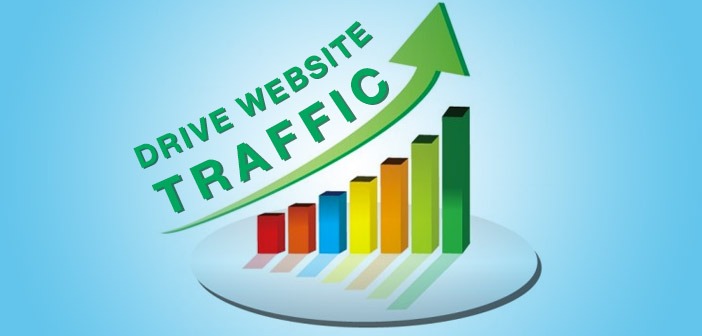
WEBSITE ORGANIC TRAFFIC GENERATION
The practice of drawing people to your website through a range of platforms, techniques, and content initiatives is known as Website Traffic Generation. In addition to increasing traffic, the goal of traffic generation is to draw in qualified users who are more likely to interact, convert, and become devoted clients.
Additionally, steady and increasing traffic tells search engines that your website is relevant and authoritative, which might raise your position on Search Engine Result Pages (SERPs). Through e-commerce sales, sponsored content, affiliate links, and advertisements, it also assists you in making money off of your website. Traffic generation is essential to attaining digital success, regardless of your goal—brand exposure, lead generation, or direct sales.
The importance of website traffic generation cannot be overstated. High traffic volumes increase your visibility and help you compete with major players in your niche. More traffic means more data—enabling you to better understand user behavior, refine your offerings, and increase conversion rates.
Website traffic generation also helps you monetize your site through ads, sponsored content, affiliate links, and e-commerce sales. Whether your objective is brand awareness, lead generation, or direct sales, traffic generation lies at the heart of achieving digital success.

Website traffic generation is the strategic process of attracting visitors to a website using various online marketing channels and techniques. In the digital era, simply having a website is not enough—what determines success is how many people visit it, how engaged those visitors are, and whether they convert into leads, customers, or loyal readers.
Traffic generation begins with building visibility through methods like search engine optimization (SEO), paid advertising, social media marketing, and content creation. Businesses must ensure that their online presence is strong, consistent, and discoverable across multiple platforms. For example, optimizing your site for SEO helps you rank higher in search engine results, making it more likely that users searching for relevant topics will land on your website. Likewise, maintaining active social media profiles can drive referral traffic through link shares, story promotions, and influencer mentions.
Another key aspect of traffic generation is understanding your audience’s behavior and tailoring your content and channels accordingly. Not all website traffic is equal—some visitors may land on a blog post and bounce within seconds, while others might explore multiple pages and convert into customers. This is why segmenting your traffic sources and analyzing data is crucial. By using tools like Google Analytics, you can determine which strategies are working and which need refinement.
Content that educates, entertains, or solves problems tends to perform better, so developing a content marketing plan that includes blogs, videos, case studies, or how-to guides can significantly boost engagement. Consistency in publishing and promoting this content helps keep your brand top-of-mind and drives both new and repeat visits.
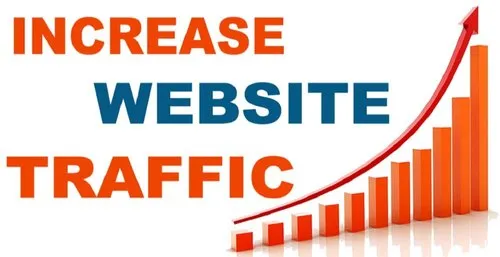
Email marketing is another powerful channel for generating traffic, especially when integrated with lead capture strategies like offering free resources or newsletters. By collecting email addresses and nurturing leads through personalized, value-driven communication, businesses can bring users back to the site repeatedly. Paid methods such as Google Ads, Facebook Ads, and display advertising also play a critical role, especially for newer websites or time-sensitive promotions. These campaigns can target highly specific user segments based on interests, behaviors, or demographics, making them ideal for driving relevant, high-intent traffic. However, they should be used strategically and supported by strong landing pages and compelling calls to action (CTAs) to maximize ROI.
Lastly, collaborative tactics like guest blogging, partnerships, and influencer marketing can expose your site to entirely new audiences. When you contribute content to reputable websites or have others mention your brand, you not only gain referral traffic but also enhance your authority and backlink profile—further improving your organic visibility.
Forums, online communities, and Q&A platforms like Quora or Reddit also offer underrated but valuable opportunities to drive traffic when approached with genuine engagement and helpful insights. Overall, a balanced approach that combines long-term organic efforts with short-term paid boosts and community engagement is the most effective way to consistently grow and sustain website traffic in a competitive digital landscape.
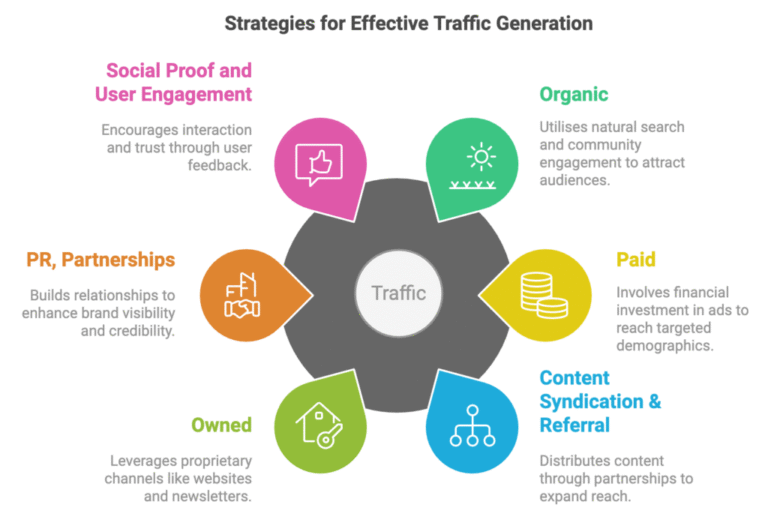
WEBSITE TRAFFIC GENERATION STRATEGIES
Effective website traffic generation strategies requires a multifaceted approach that combines short-term and long-term initiatives, as well as paid and organic methods. Search Engine Optimization is one of the most fundamental methods for generating visitors (SEO). SEO entails improving the content and architecture of your website to raise its search engine ranking.
This covers Keyword Research, Technical SEO (such as page speed and mobile optimization), Off-Page SEO (such as backlinks), and On-Page SEO (such as meta tags, headers, and internal linking). Another effective tactic to get leads on website traffic generation is Content Marketing, in which companies post blogs, videos, infographics, or podcasts that benefit and address issues for their target audience. In addition to being shared, this type of material raises website traffic generation and SEO rankings.
With specials, updates, and carefully chosen content, Email Marketing is still a powerful tool for nurturing leads and driving traffic back to your website. When done with value and authenticity, participating in online communities and forums such as Reddit or Quora also aids in generating attention for a particular niche. Affiliate programs, influencer partnerships, co-branded webinars, and guest blogging are examples of collaborations that can help you reach a wider audience and increase referral traffic. It also leads to higher website traffic generation strategies.
A well-structured content marketing plan not only improves SEO but also nurtures leads and positions your brand as a thought leader. Content should be created with the user’s journey in mind, providing awareness-level material for new visitors, consideration content for leads evaluating options, and decision-stage resources for ready-to-convert prospects. Sharing this content through multiple channels, including social media, newsletters, and content syndication platforms like Medium or LinkedIn, helps expand its reach and drive consistent traffic back to your site
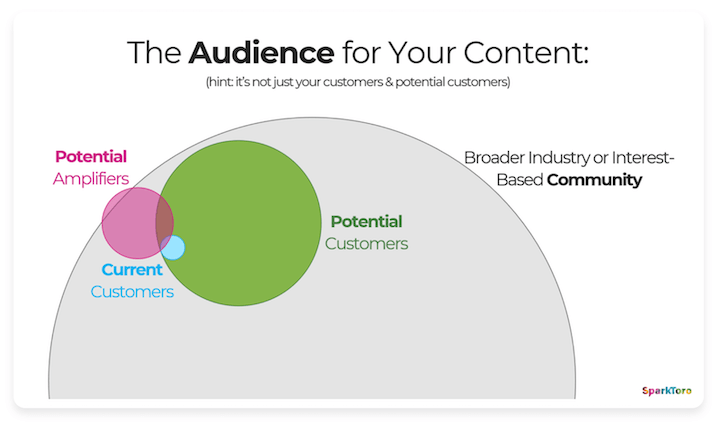
Website traffic generation strategies are the cornerstone of digital marketing success. They encompass a diverse range of methods designed to attract, engage, and retain visitors across various digital channels. One of the most fundamental strategies is Search Engine Optimization (SEO), which involves optimizing your website’s content, structure, and technical setup to appear prominently in search engine results.
Effective SEO requires thorough keyword research to understand what your target audience is searching for, followed by creating high-quality, relevant content that answers those queries. On-page optimization techniques such as meta tags, headers, and image alt texts play a crucial role, while off-page SEO tactics like link building and guest posting help establish authority. Technical SEO, including site speed optimization, mobile-friendliness, and clean URLs, ensures that search engines can crawl and index your site efficiently, further boosting your rankings and visibility and also lead to high website traffic generation strategies.
Another powerful website traffic generation strategy is content marketing, which goes beyond just writing blog posts. It includes the creation and promotion of a wide range of valuable content formats—such as videos, infographics, whitepapers, webinars, and podcasts—that educate or entertain your audience.
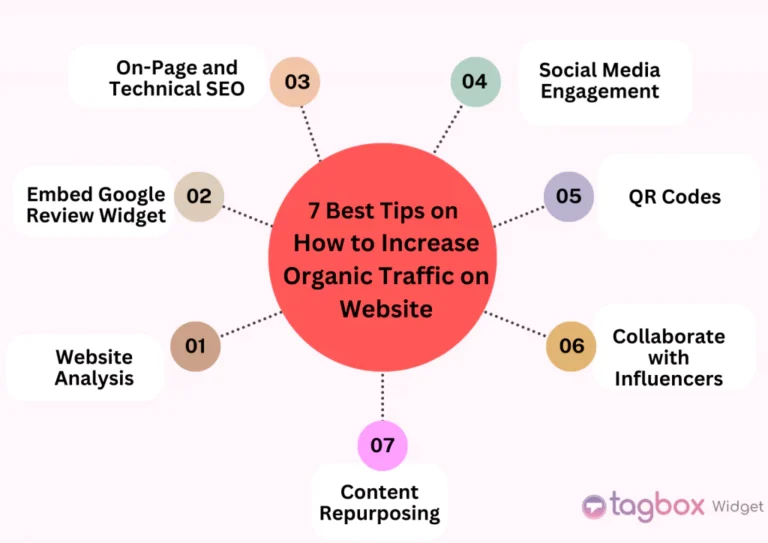
Paid advertising also plays a vital role in website traffic generation, particularly for achieving short-term or targeted results. Platforms like Google Ads allow you to run search campaigns based on specific keywords, while social media platforms like Facebook, Instagram, and LinkedIn offer highly granular audience targeting options.
These paid campaigns can be used to promote time-sensitive offers, drive traffic to landing pages, or increase visibility for new product launches. Remarketing ads—targeted ads shown to people who have previously visited your site—are especially effective in re-engaging potential customers who didn’t convert on their first visit. However, successful paid traffic strategies require careful monitoring of metrics such as cost per click (CPC), click-through rate (CTR), and conversion rate to ensure you’re getting a strong return on investment.
Lastly, collaborative and community-based strategies can significantly enhance traffic generation. These include guest blogging on industry-relevant sites, engaging with niche communities and forums, and forming partnerships with influencers or other brands. Guest blogging allows you to tap into someone else’s established audience while also building backlinks for SEO. Participating in forums like Reddit, Quora, or industry-specific communities enables you to provide helpful answers and subtly promote your website when appropriate. Influencer marketing—especially when aligned with your target demographic—can generate buzz and traffic quickly through trusted endorsements.
Additionally, building an email list and sending out regular newsletters or exclusive content can nurture relationships and drive repeat traffic. When combined strategically, these approaches help create a robust, multi-channel system for continuous and sustainable website traffic generation.
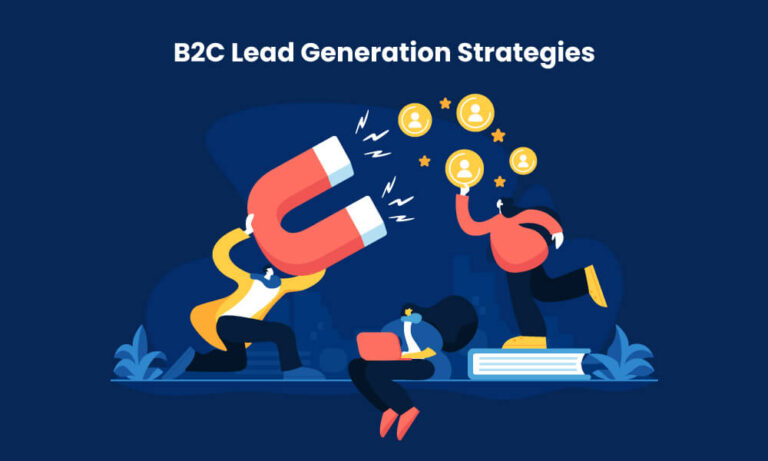
TRAFFIC GENERATION FOR B2C
The goal of traffic creation for business-to-consumer (B2C) models is to establish direct connections with each individual customer, comprehend their needs, and provide emotionally compelling experiences. B2C consumers typically make judgments more quickly and are frequently swayed by perceived value, emotion, or social proof.
Another effective B2C strategy is Influencer Marketing. Influencer partnerships are a dependable method of creating interest and increasing traffic since consumers frequently believe advice from people they respect. To generate urgency and attract customers, brands should also use flash sales, limited-time deals, and seasonal promotions.
User-Generated Content (UGC) initiatives, referral bonuses, and loyalty programs can boost word-of-mouth advertising and encourage more visits. Any effective traffic plan should include video content, especially short-form videos, which have witnessed a sharp increase in B2C interaction.
Video Content, especially short-form videos, has seen a massive surge in B2C engagement and should be part of any robust traffic strategy. Lastly, retargeting ads through platforms like Facebook and Google ensure that users who visited your site but didn’t convert are reminded of your offerings—bringing them back for a second chance at conversion. In B2C marketing, personalization, immediacy, and emotional connection are the keys to attracting traffic and converting visitors into loyal customers.

TRAFFIC GENERATION FOR E-COMMERCE
Traffic generation for e-commerce requires a special combination of strategies meant to increase conversions and decrease cart abandonment in addition to drawing customers. Every visitor to e-commerce platforms has the potential to become a customer, thus performance and user experience optimization are crucial.
Paid Advertising becomes very valuable in traffic generation for e-commerce. Instagram Shoppable Posts, dynamic Facebook Ads, and Google Shopping Ads are all designed to display pertinent products to viewers with high intent. Retargeting Advertisements greatly increase conversions by re-engaging visitors who left without making a purchase, particularly when combined with abandoned cart reminders.
Another crucial tool for traffic generation in e-commerce is Email Marketing Automation. Users are kept interested and encouraged to return with targeted offers, replenishment alerts, welcome emails, and post-purchase follow-ups. Affiliate Marketing programs, in which bloggers or influencers receive a commission for driving traffic and sales, are also advantageous to e-commerce firms.
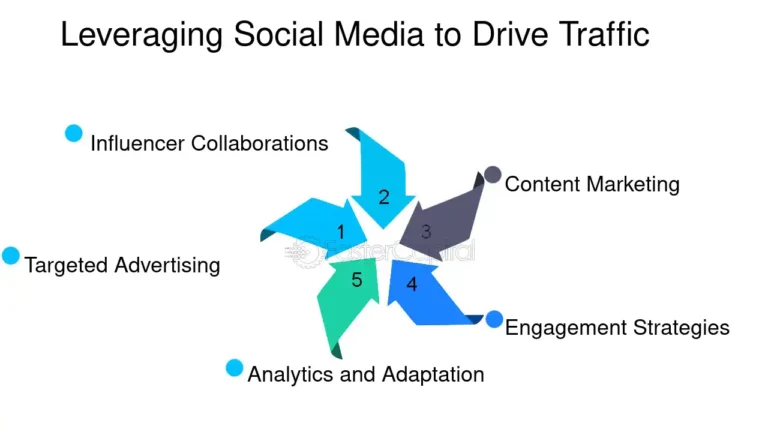
Improved customer satisfaction and more time spent on-site are two benefits of live chatbots and AI recommendations, which also indirectly boost search engine rankings. Last but not least, launching Flash Sales or limited-edition product drops creates excitement and causes traffic to soar, especially when paired with countdown timers and social media hype. Increasing visits is only one aspect of e-commerce traffic creation; another is maximizing income per visitor through performance improvement and personalization.
Live Chatbots and AI Recommendations help improve the customer experience and increase time spent on-site, which indirectly improves search engine performance. Finally, running flash deals or limited-edition product drops builds anticipation and generates massive spikes in traffic, particularly when combined with social media hype and countdown timers. The ultimate goal in e-commerce traffic generation is not just to increase visits but to maximize revenue per visitor through personalization and performance optimization.
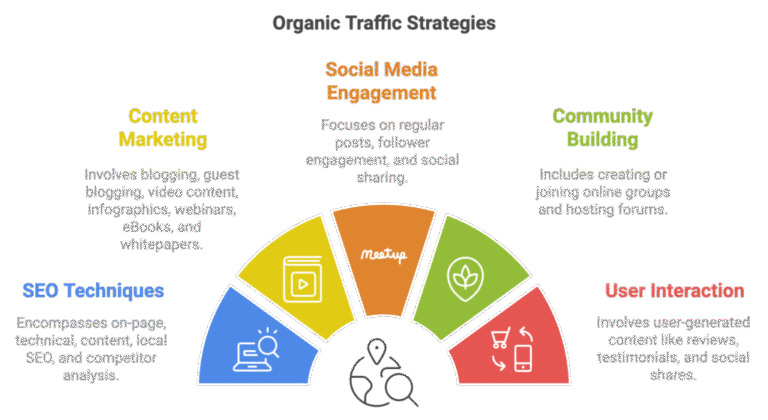
Visitors that find your website organically—that is, without the use of paid advertising—come from search engines. This is called Organic Traffic Generation. Its long-term cost-effectiveness, credibility, and durability make it the golden grail of internet traffic. Organic traffic keeps growing and performing long after the original content is produced, in contrast to bought traffic, which ends as soon as your adverts do. Increasing organic traffic is an ongoing investment that yields steady visibility, authority, and interaction.
Search Engine Optimization (SEO) is the cornerstone of generating organic traffic. You may increase the likelihood that your content will rank well on search engine results pages by making sure it is mobile-responsive, optimizing it for relevant keywords, and producing valuable, well-structured material.
Creating Evergreen Content—such as how-to guides, tutorials, and case studies—ensures that your content remains relevant and continues to attract traffic for months or even years. Regularly updating your content keeps it fresh and maintains its search engine ranking.
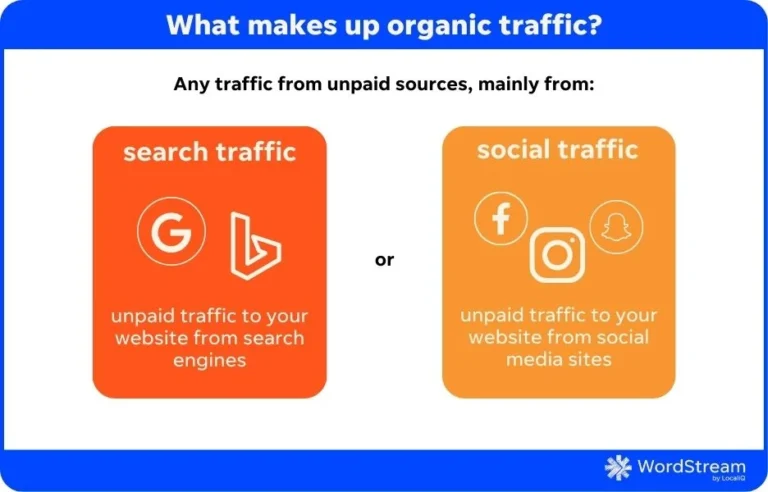
Link Building is another essential component of generating organic traffic. Gaining backlinks from trustworthy websites raises your domain authority and raises your position in search results. This can be accomplished through outreach initiatives, guest blogging, or the production of reports and infographics that are easy to distribute. Optimizing each page for search visibility also heavily relies on on-page SEO components such as image alt texts, title tags, header tags, and meta descriptions.
Organic traffic is also significantly impacted by User Experience (UX). When ranking websites, Google’s algorithms now take into account measures like time on site, bounce rate, and mobile friendliness. Therefore, to keep and convert organic visitors, a user-friendly layout, quick load times, and pertinent call-to-actions are essential.
Integrating your SEO strategy with Content Marketing, Internal Linking, and Social Sharing tools enhances discoverability. Lastly, setting up and optimizing your Google Business Profile and creating content tailored to local keywords can help attract nearby customers, especially important for local businesses. Organic traffic takes time and effort to build but offers unmatched ROI by continuously attracting qualified users to your site without ongoing ad spend.

More than just a marketing strategy, website traffic creation is the key to the success of internet businesses. You can diversify your sources and lessen your reliance on any one channel by being aware of the various forms of internet traffic. Reaching your audience across platforms, touchpoints, and buying phases is ensured by putting into practice a thorough traffic generation strategy.
While e-commerce platforms need to put performance, retargeting, and smooth user experiences first, B2C firms should concentrate on emotional connection, visual storytelling, and social credibility. In the meanwhile, the most dependable and economical way to get consistent, long-term website traffic is still through organic traffic. You may create a consistent flow of high-quality traffic to your website by combining SEO, content marketing, social media, and customer interaction strategies.
Meanwhile, organic traffic remains the most reliable and cost-effective source of long-term website visitors. By integrating SEO, content marketing, social media, and customer engagement tactics, you can build a steady stream of high-quality visitors to your site.
Success in website traffic generation doesn’t come overnight—it requires consistent effort, analytics-driven adjustments, and a deep understanding of your target audience. However, when done correctly, it results in more leads, higher conversions, increased brand loyalty, and long-term growth. Whether you’re just starting your digital journey or looking to scale your existing online presence, mastering the art of website traffic generation is your roadmap to sustainable success in the ever-evolving digital landscape
